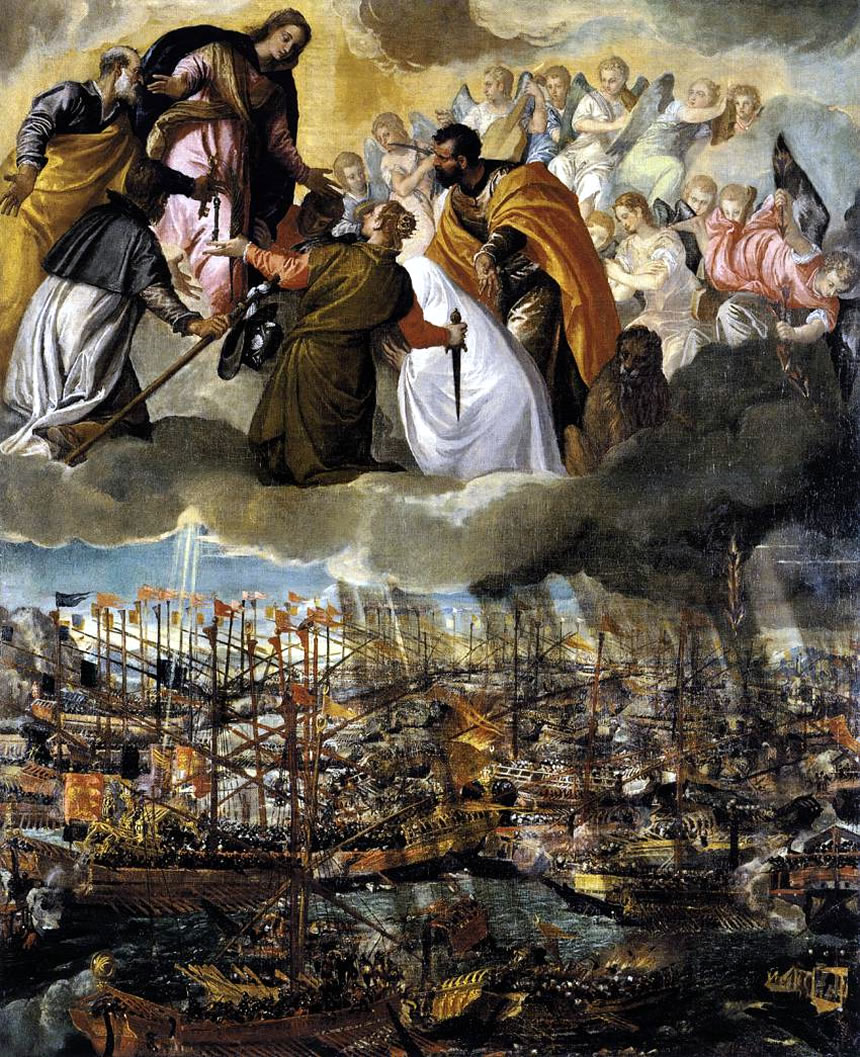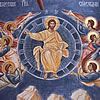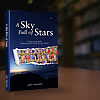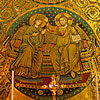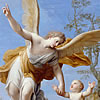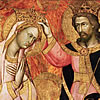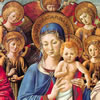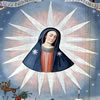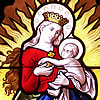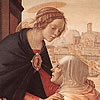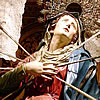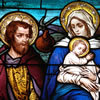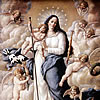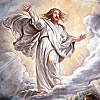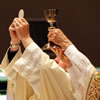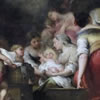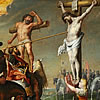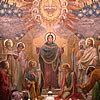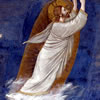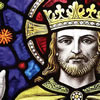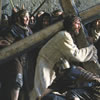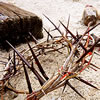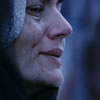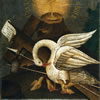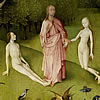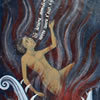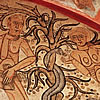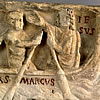Our Lady of the Rosary and the important Battle of Lepanto
October 7 is the day Catholics celebrate the Feast of Our Lady of the Rosary because, through her intercession, Christian Europe was forever spared from the Muslim invasion on this day. Here is an excerpt from the book A Sky Full of Stars: Knowing Our Lady Through Her Titles in the Litany that narrates this event, and why we also call her Help of Christians:
The title of helper has been used to invoke Mary throughout the ages but became popular starting in 1571. During the years leading up to this, Christian Europe was struggling against the invasion of the Ottoman Empire. The Empire controlled most of southeastern Europe, western Asia, and Northern Africa – and it was expanding its borders in the west. Muslim Turks fought their way to establish strongholds, thus threatening Christianity in Western Europe.
One such city was Famagusta in Cyprus that the Venetians controlled. It was a wealthy city and held great commercial significance. The Empire had unsuccessfully tried to capture it in prior years. However, with a stronger army and navy, Turks sailed to the city and bombarded it continuously for almost eleven months. Christianity suffered a devastating blow when the city fell in August of 1571.
Not having yet recovered from the defeat, Pope Pius V was alerted that Turks would launch a naval attack from Lepanto and sail to Italy. To avert this impending invasion, he assembled Christian armies from all over Europe to defend the remaining Christian nations. Admiral John of Austria would lead the defense and King Philip II of Spain would fund it. While Spain also contributed ships to this effort, the Venetian Republic provided most of the vessels. They were part of the Holy League made up of the Republic of Venice; the Spanish Empire; the Papal States; the Republic of Genoa; the Duchies of Savoy, Urbino, and Tuscany; the Knights Hospitaller; and other smaller groups.
The Pope also turned to the Mother of the Church in this endeavor, asking her to defend the Kingdom of her son. So, for this cause, he initiated a prayer to Mary, Help of Christians.
Two hundred six galleys and six galleasses (larger galleys) crewed by almost 85,000 men and women sailed from Messina to meet the Turkish threat they knew was leaving from a naval base in Lepanto. On 7 October 1571, the ships of the Holy League met the Ottoman fleet in the Gulf of Patras. The enemy fleet consisted of 222 galleys and 56 smaller vessels operated by a force of 84,000 men and women.
The naval combat raged on throughout the day with the Holy League winning the melees. Though smaller isolated fighting continued until the night, it was clear that the battle went in favor of the Christians. This victory was of great importance because it was so devastating to the Ottoman Empire that it slowed down to a halt any Ottoman military expansion into Western Europe. This naval conflict was to be known as the Battle of Lepanto, and the Christian victory there is attributed to Mary, Help of Christians.
The painting above by Veronese was commissioned by Pietro Giustinian of Murano who took part in the naval battle. The painting was finished in 1572, just a year after the event. It shows Saint Peter, St. Roch (a patron saint of Venice), St. Justin, and St. Mark (associated with Venice, and depicted beside the Lion because he starts his Gospel with John the Baptist “roaring like a lion in the dessert.) They are imploring the aid of Mary, who as a result of their intercession, has asks her angels (on the extreme right) to help the Christians by figuratively hurling flaming arrows on the Turkish fleet. Truly, since the Church is the mystical Body of Christ, how can the mother of Christ not help and protect the Church for it is Christ, her son, himself?
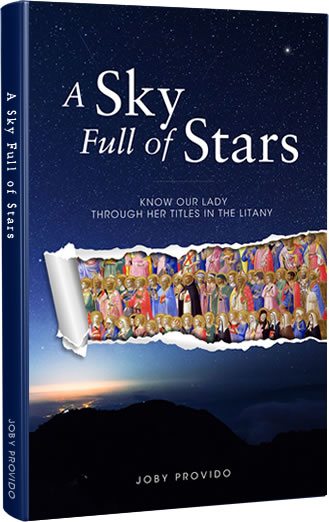
A Sky Full of Stars
Know Our Lady through her Titles in the Litany
The Church helps us understand who Mary is by honoring her with different titles in the Litany of the Blessed Virgin Mary. Unfortunately, over time and difference of culture, we might not grasp what it is the Church is ascribing to her and lose that opportinity to get to know her.
In A Sky Full of Stars, each title of the Litany is explained so we get know Mary more and fall in love with her all over again.
Get your copy now either in Hardbound, Paperback, or Kindle
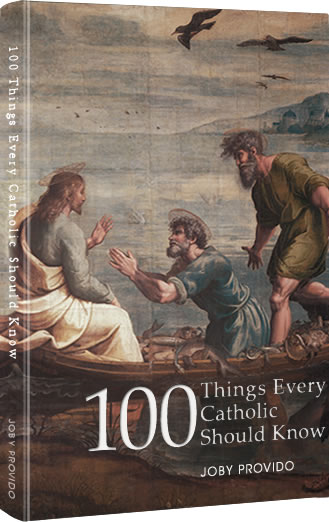
100 Things Every Catholic Should Know
Whether or not you are new to the Catholic Church, or struggling, or lapsed, or dynamically involved, this book will enlighten you with the essentials of the Faith that have been handed down to us by the apostles.
Each of the 100 topics is easy to read and distilled into bite-sized portions. Through cross-referencing, the book also shows how the topics are interrelated. Those who are new to the Faith will find this book an edifying handy reference, and those who have simply forgotten will find it a great review material that might spark a new love for God and religion.
Get your copy now either in Hardbound, Paperback, or Kindle
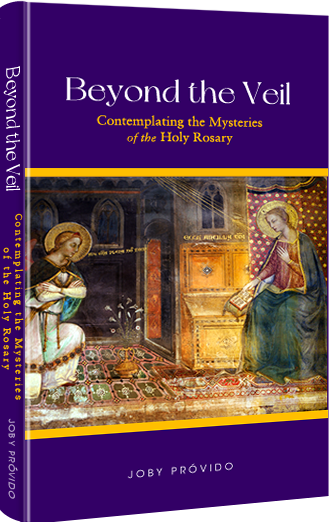
Beyond the Veil
Contemplating the Mysteries of the Holy Rosary
Prayer giants like Pope St. John Paul II, Pope Paul VI, Bl. Archbishop Fulton Sheen, and Bishop Robert Baron advocate that we contemplate on the mysteries of the rosary while we say the vocal prayers. Unfortunately, there are not many books that teach us how to do this. Beyond the Veil comes to the rescue by suggesting seven ways we can pray the rosary the way it was intended.
The larger part of the book offers mental images for each of the mysteries we can use in our contemplation, for how can we imagine the scenes in the rosary if we don't know about them?
Get your copy now either in Hardbound, Paperback, or Kindle
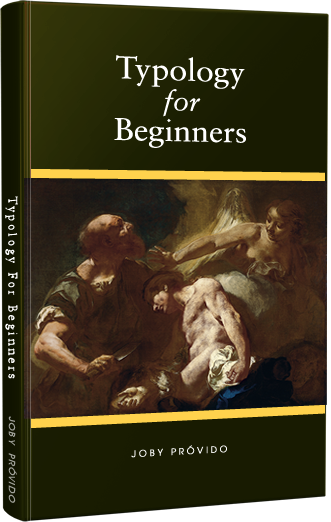
Typology for Beginners
A Catholic Perspective on understanding the New Testament through the Old Testament
First-century Jews converted to Christianity in droves because of the way the New Testament was written to show Jesus was the Messiah promised by the Old Testament. We also learn about how Mary is the New Eve and the Ark of the Covenant in the way the writers portray her.
Through typology, the patterns that connect the Old and New Testaments make the Bible stories more accessible so that one becomes excited to read Sacred Scripture again.
Get your copy now either in Hardbound, Paperback, or Kindle


